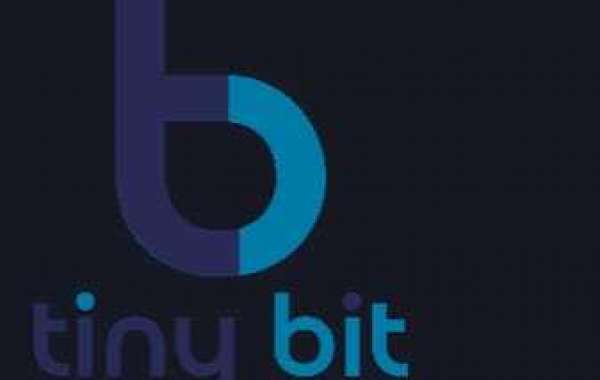n the era of digital education, technology has become a powerful ally, especially for individuals facing learning differences. Assistive technology has emerged as a transformative force, reshaping the landscape of education and providing tailored solutions for diverse learners. This blog takes a closer look at the role of assistive technology in supporting students with learning differences, exploring the variety of tools that empower them to thrive in the academic realm.
Diverse Learning Differences:
Learning differences come in various forms, encompassing conditions such as dyslexia, dyscalculia, ADHD, and more. The beauty of assistive technology lies in its ability to address the unique challenges posed by these differences, ensuring a personalized and inclusive learning experience.
Text-to-Speech Solutions:
For individuals facing challenges in reading, text-to-speech technology serves as a game-changer. This tool converts written text into spoken words, allowing learners to absorb information auditorily and facilitating comprehension for those with dyslexia or other reading difficulties.
Speech-to-Text Applications:
Expressing thoughts in writing can be a hurdle for some learners. Speech-to-text applications offer a solution by allowing students to articulate their ideas verbally, with the technology transcribing their words into written form. This is particularly beneficial for those with dysgraphia or fine motor challenges.
Graphic Organizers and Mind-Mapping Tools:
Visual aids play a crucial role in organizing thoughts and enhancing understanding. Graphic organizers and mind-mapping tools provide learners with a structured way to visualize information, supporting those who may struggle with information processing or organization.
Audiobooks and Podcasts:
Audiobooks and podcasts cater to auditory learners, offering an alternative means of accessing educational content. By providing information through listening, these resources accommodate diverse learning preferences, supporting students with various learning differences.
Interactive Educational Apps:
The gamification of learning through interactive apps engages learners in a multisensory experience. These apps adapt content, provide immediate feedback, and offer a dynamic approach to education, making the learning process enjoyable and effective for those with learning differences.
Customizable Learning Platforms:
Learning management systems with customizable features allow educators to create adaptable and accessible learning environments. These platforms accommodate diverse learning preferences, enabling differentiated instruction within a unified educational framework.
Electronic Textbooks with Annotation Tools:
Electronic textbooks equipped with annotation tools empower learners to actively engage with written material. Students can highlight, take notes, and customize the text to suit their learning styles, promoting a personalized and interactive reading experience.
Real-Time Feedback Systems:
Assistive technology provides real-time feedback, creating a continuous loop of assessment and adjustment. This immediate feedback mechanism is particularly valuable in promoting a growth mindset and reinforcing the idea that learning is an ongoing journey of improvement.
Communication Devices for Expressive Challenges:
For individuals with expressive challenges, communication devices, including augmentative and alternative communication (AAC) devices, offer a means of expressing thoughts and ideas more effectively.
see more:-










